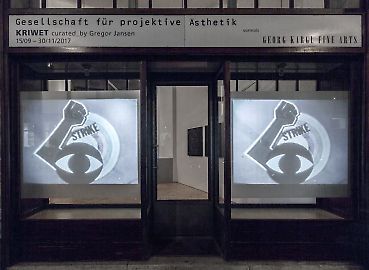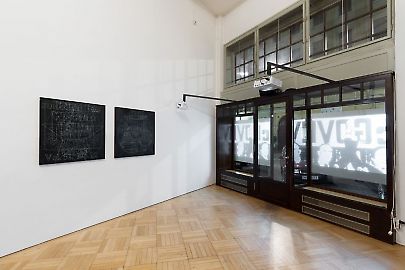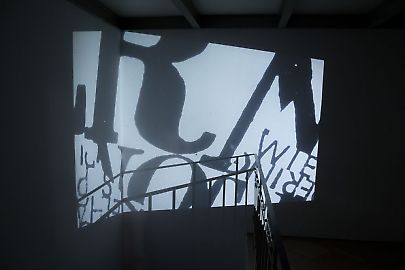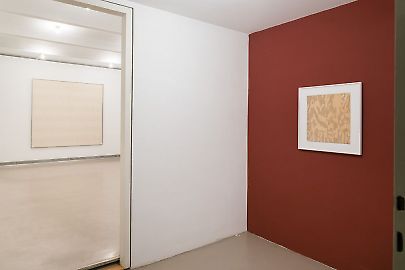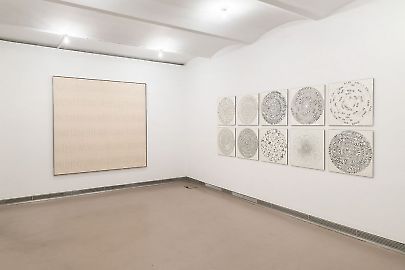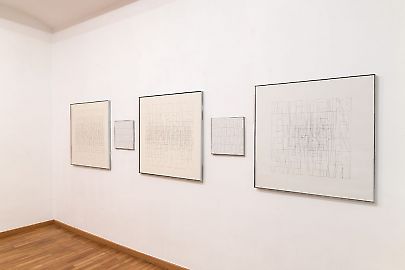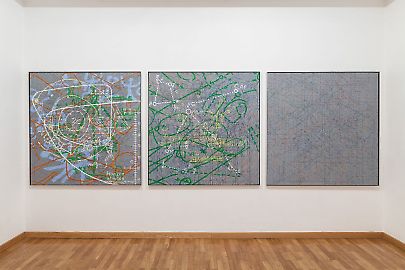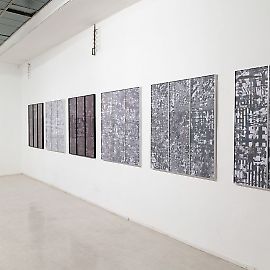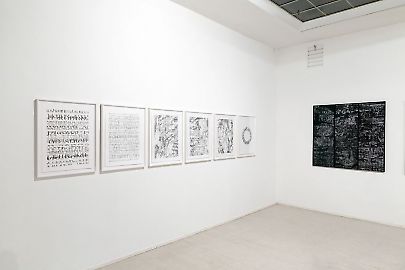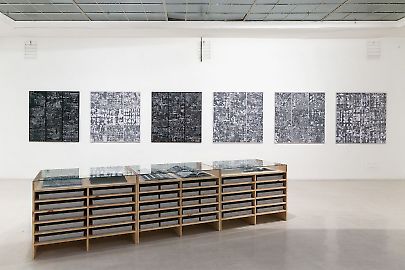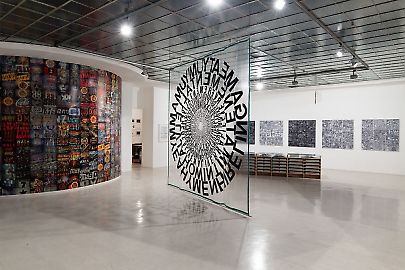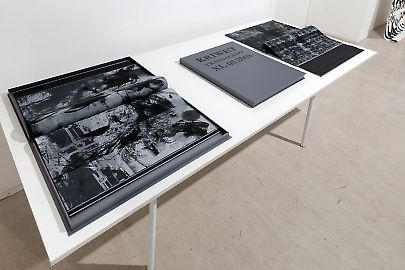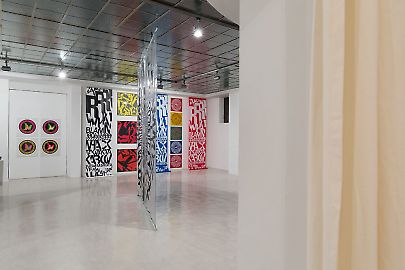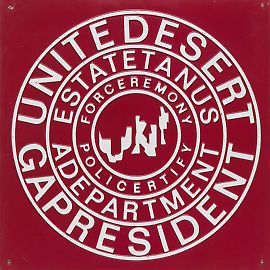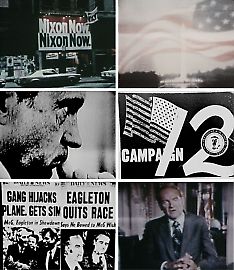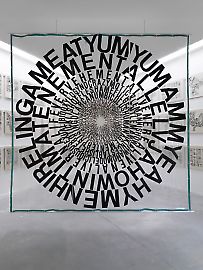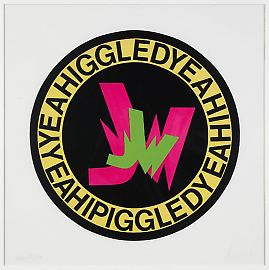Kriwet -- curated by Gregor Jansen
Ferdinand Kriwet, curated_by 2017, exhibition view, photo: Matthias Bildstein, courtesy Georg Kargl Fine Arts, Vienna
Ferdinand Kriwet, curated_by 2017, exhibition view, photo: Matthias Bildstein, courtesy Georg Kargl Fine Arts, Vienna
Ferdinand Kriwet, curated_by 2017, exhibition view, photo: Matthias Bildstein, courtesy Georg Kargl Fine Arts, Vienna
Ferdinand Kriwet, curated_by 2017, exhibition view, photo: Christian Rupp, courtesy Georg Kargl Fine Arts, Vienna
Ferdinand Kriwet, curated_by 2017, exhibition view, photo: Matthias Bildstein, courtesy Georg Kargl Fine Arts, Vienna
Ferdinand Kriwet, curated_by 2017, exhibition view, photo: Matthias Bildstein, courtesy Georg Kargl Fine Arts, Vienna
Ferdinand Kriwet, curated_by 2017, exhibition view, photo: Matthias Bildstein, courtesy Georg Kargl Fine Arts, Vienna
Ferdinand Kriwet, curated_by 2017, exhibition view, photo: Matthias Bildstein, courtesy Georg Kargl Fine Arts, Vienna
Ferdinand Kriwet, curated_by 2017, exhibition view, photo: Matthias Bildstein, courtesy Georg Kargl Fine Arts, Vienna
Ferdinand Kriwet, curated_by 2017, exhibition view, photo: Matthias Bildstein, courtesy Georg Kargl Fine Arts, Vienna
Ferdinand Kriwet, curated_by 2017, exhibition view, photo: Matthias Bildstein, courtesy Georg Kargl Fine Arts, Vienna
Ferdinand Kriwet, curated_by 2017, exhibition view, photo: Matthias Bildstein, courtesy Georg Kargl Fine Arts, Vienna
Ferdinand Kriwet, curated_by 2017, exhibition view, photo: Matthias Bildstein, courtesy Georg Kargl Fine Arts, Vienna
Ferdinand Kriwet, curated_by 2017, exhibition view, photo: Matthias Bildstein, courtesy Georg Kargl Fine Arts, Vienna
Ferdinand Kriwet, curated_by 2017, exhibition view, photo: Matthias Bildstein, courtesy Georg Kargl Fine Arts, Vienna
Ferdinand Kriwet, curated_by 2017, exhibition view, photo: Matthias Bildstein, courtesy Georg Kargl Fine Arts, Vienna
Ferdinand Kriwet, curated_by 2017, exhibition view, photo: Matthias Bildstein, courtesy Georg Kargl Fine Arts, Vienna
Ferdinand Kriwet, curated_by 2017, exhibition view, photo: Matthias Bildstein, courtesy Georg Kargl Fine Arts, Vienna
Lecture: Bazon Brock, 19/09/2017 6 pm
At the age of 18, Ferdinand Kriwet published Rotor, a novel with no plot; a text in book form; without compromise; without beginning or end; a pure linguistic chain of causal options. Penned between 1957 and 1960, it takes a hybrid form somewhere between book and album, an outpouring of the heart and soul that if labeled adolescent, has a remarkably confident style, and if declared precocious, comes across as remarkably mature. What followed was a disengagement from (readable) text to new structures of text and language as visual experience, a triumph of media-theory ideas and writings alongside the parallel development of media art.
Between the Studio for Electronic Music of the West German Radio and the Düsseldorf Art Academy, the Rhineland, with its melting pot of artists, professors, gallerists, publishers, art critics, advertisers and exhibition makers was the centre of his art world. Kriwet produced Hörtexte (audio texts) sampled from radio commentaries, transmitter noise and static, along with Sehtexte (visual texts), in which he manipulated the familiar appearance of text, for example a large canvas featuring a chopped up BEAT above an emblematic US, (1964) with reference to Russian Constructivism. Equally fascinating are ten circular text pictures that Kriwet made in 1961 with letterpress type. Deciphering this novel optical and concrete poetry lies somEwhere between pleasure and frustration, so in 1965 he published a comprehensive guide on how to the read these discs titled Sehtextkommentare (visual text commentaries). The letterpress pictures create a “resonance” that feeds on their semiotic mania. Along with Mallarmé and Benjamin, influences of the American beat generation are evident. In particular Apollo, America, about the 1969 moon landing seems to follow the principles of the cut-up technique developed by Burroughs and Gysin, where text, newspaper clippings and pictorial material is collated in book form. Campaign, 1972, consisting of three vinyl records with sound material from the McGovern vs Nixon US presidential campaign is based on similar principles. In the Federal Republic of Germany the public service broadcasters ARD aired their first programme in 1954, followed by the ZDF in 1963, and then regional third parties took up in the mid to late 1960s. Here Kriwet found a fascinating new terrain, and the television set joined the book, stage, exhibition space, architecture, radio and theatre, as mediums he experimented with and expanded, thanks to the revolutionary contributions of American visuals. Which brings us to mixed media, the result of further development of the early texts and Poem Paintings, buttons, Text-Segel and Text-Kuben (text sails and text cubes) through to Seh- or Super- Seh-Texte (visual or super-visual texts) up to the Neon-Texts of 1976. The linear reading was replaced by a selectiveness, a definitive vision.
Kriwet is both practical semiotician and medial practitioner. Concrete Art to Pop Art through to media art were all furthered by his contributions, although the latter is permanently a reflection of surfaces and activities outside of the art world—relatively apolitical and to some extent remains un-artistic—at least from the perspective of its author.
Gregor Jansen (*1965) is an art scholar, curator, lecturer, art critic and publisher. Since 2010 he has been managing Kunsthalle Düsseldorf.


